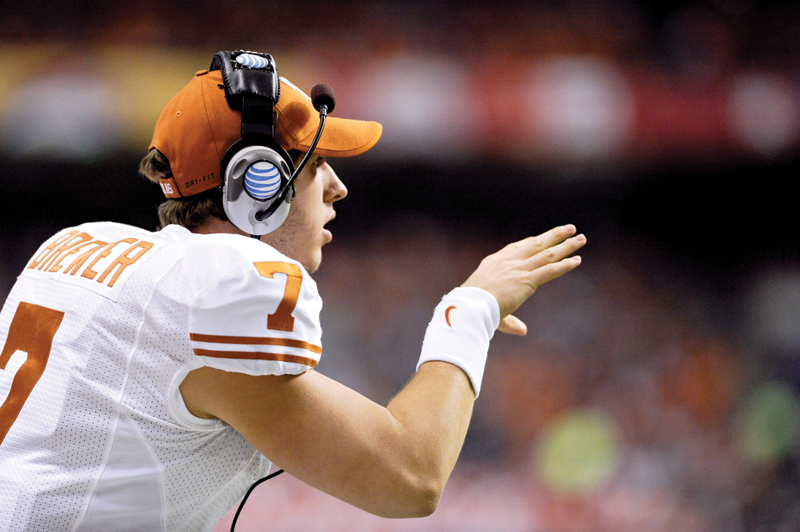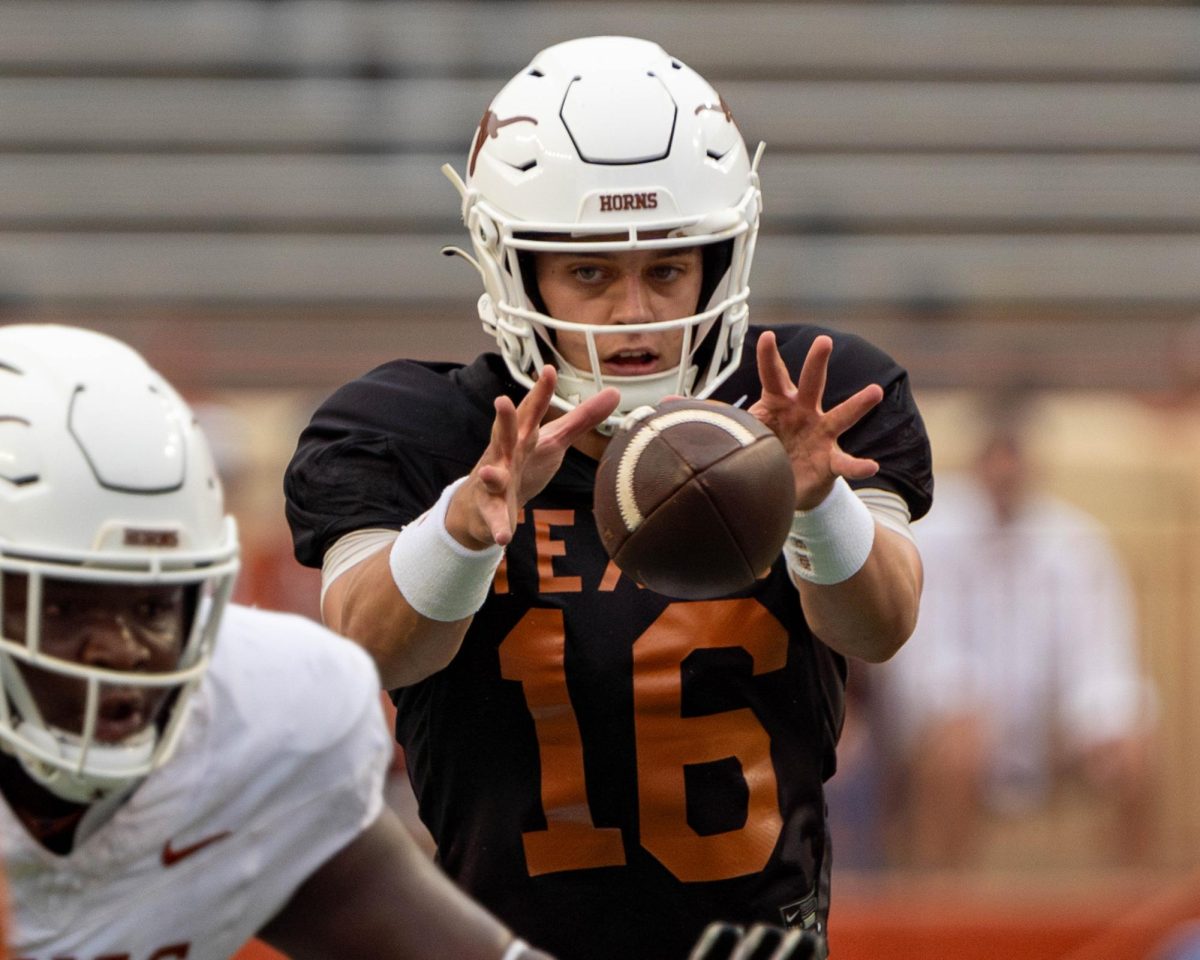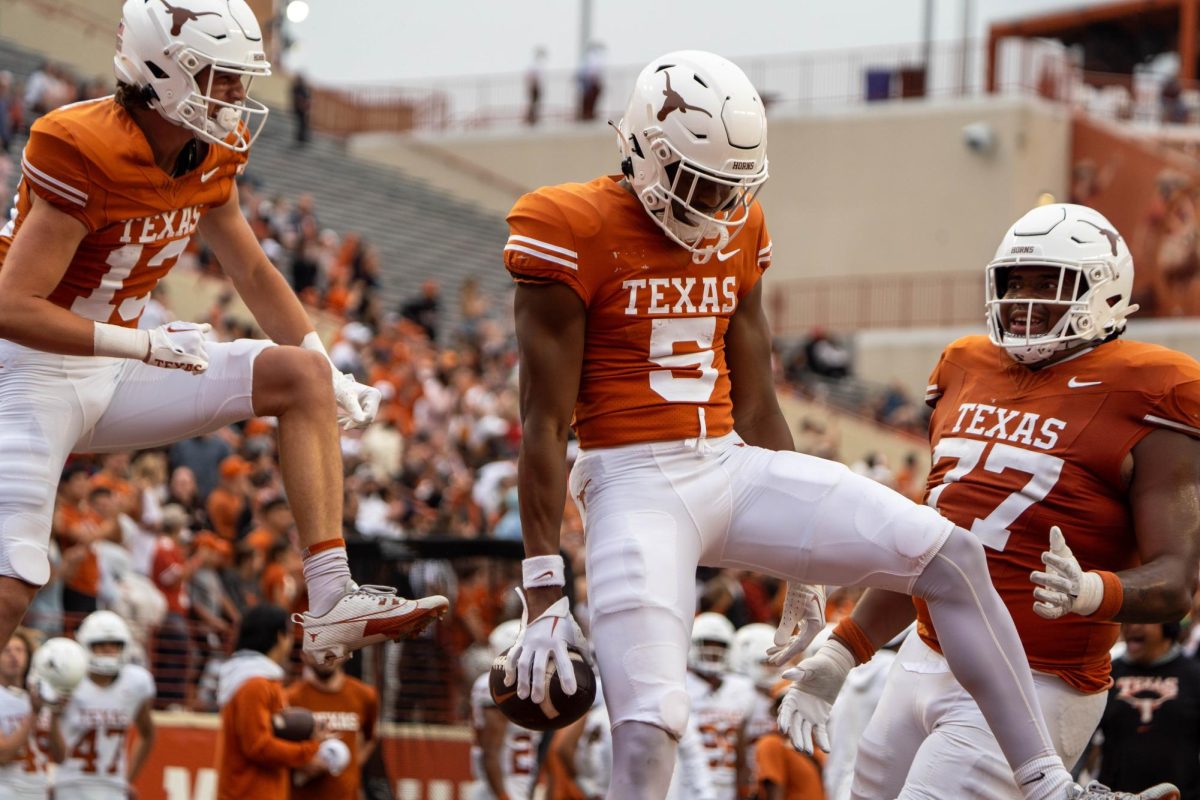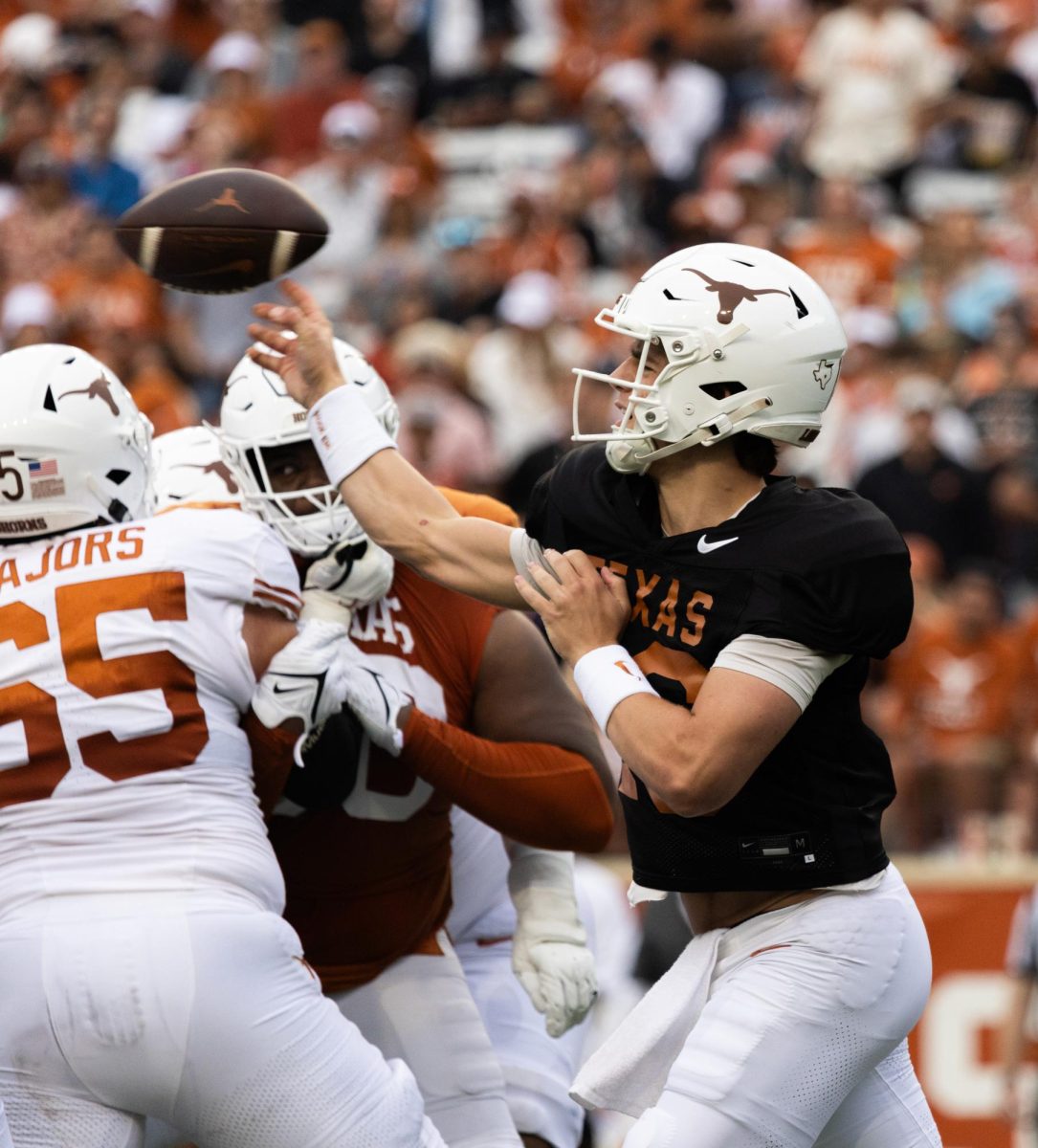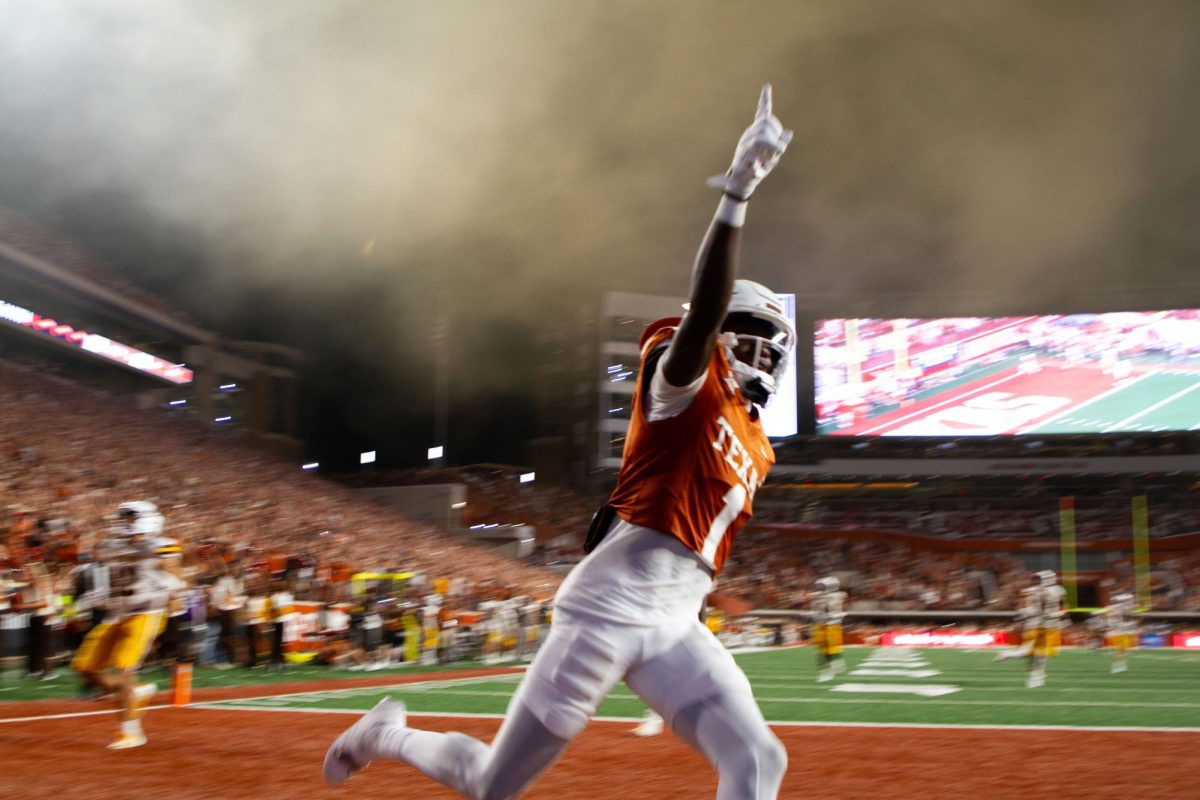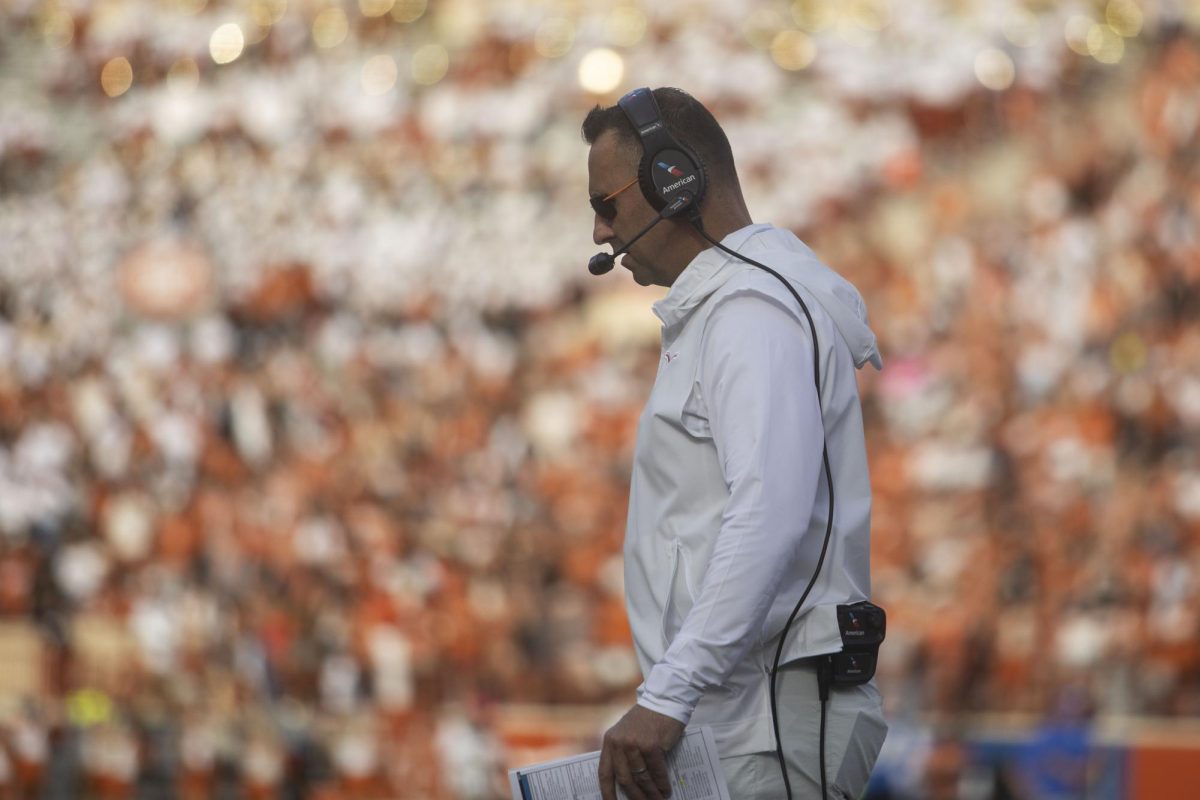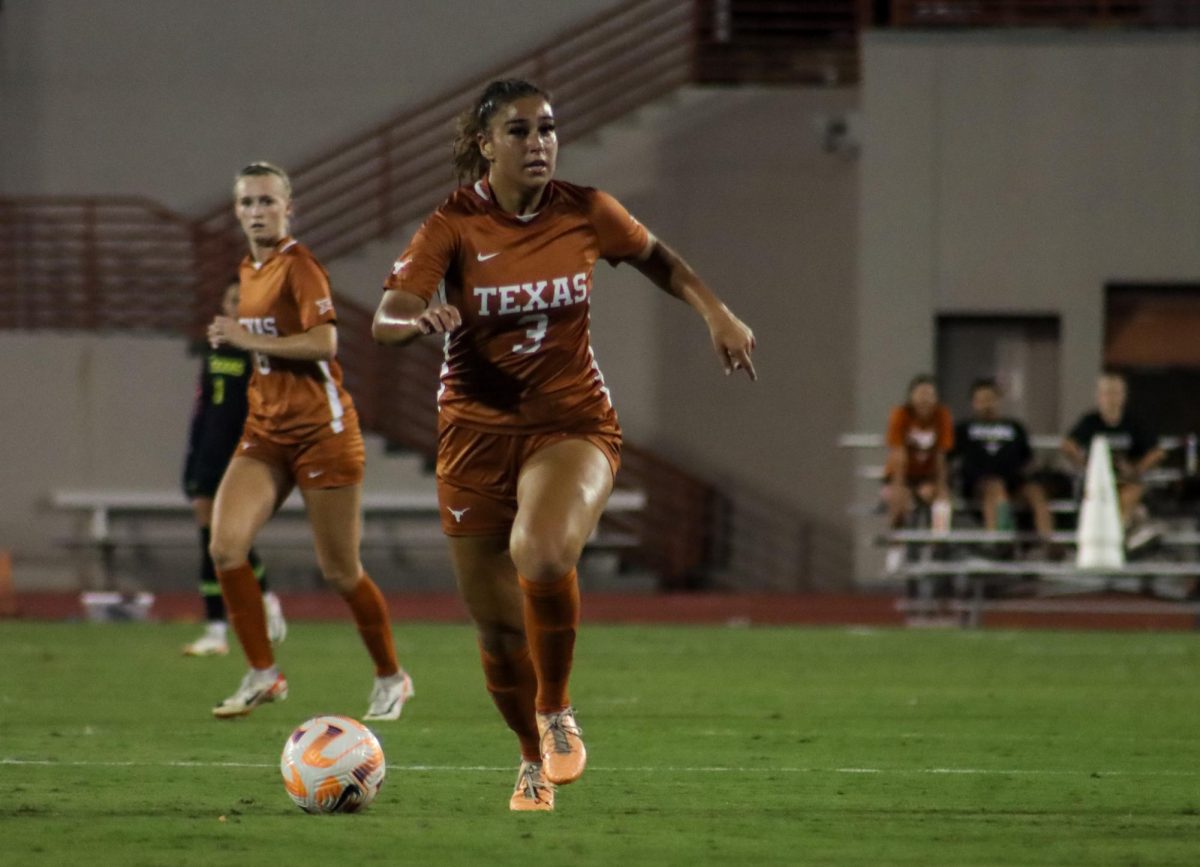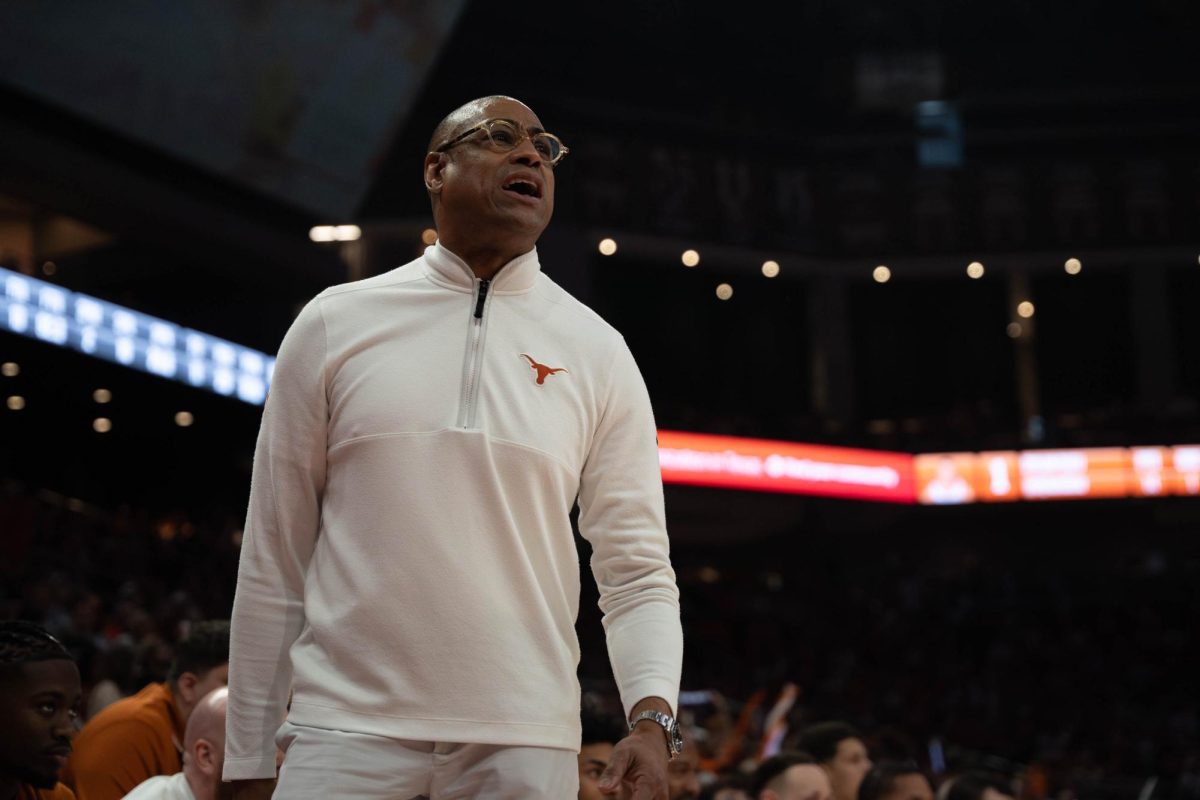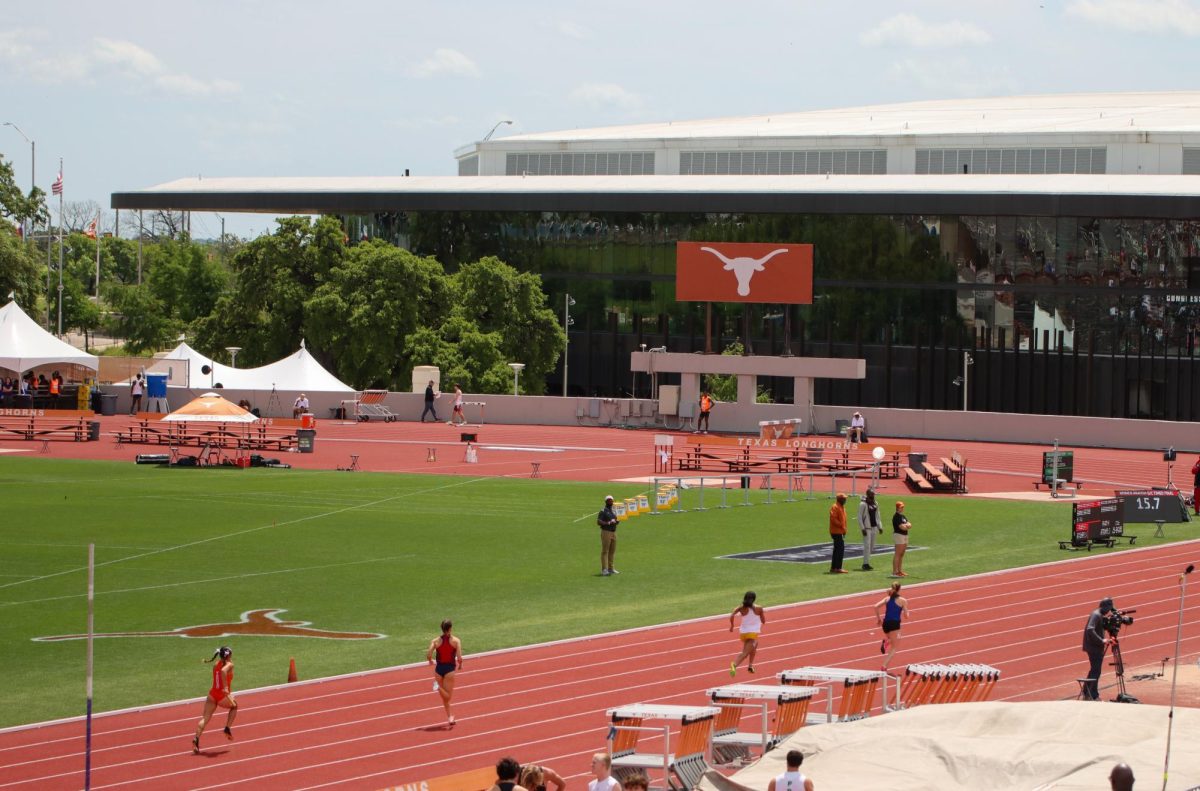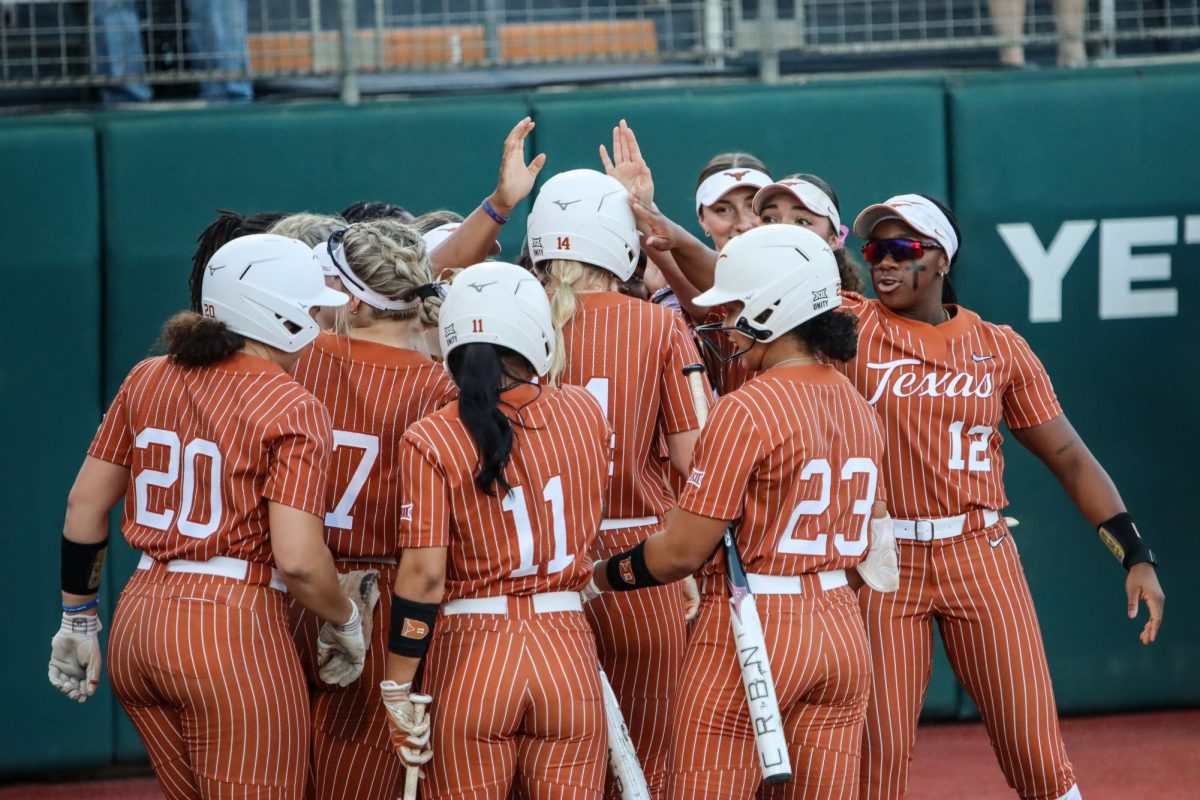Earlier this month, redshirt freshman Connor Brewer announced that he would seek a transfer from the Longhorn football program after only one season at Texas. Brewer is following in the steps of former Texas quarterbacks Connor Wood and Garrett Gilbert, both of whom transferred to other programs with eligibility remaining.
“I want to thank everyone at The University of Texas — the coaching staff, the fans and especially my teammates for a great experience here in Austin over the last 18 months,” Brewer said. “I do, however, feel that it is in my best interest as a football player to pursue other options to continue my college career.”
The Texas football program has had its fair share of transfers, but recently with increasing restrictions by high-profile universities across the country, the rules regarding transfers have been thrust into the spotlight. While Texas has an open policy for its transferring athletes, imposing no additional restrictions beyond the minimum by the NCAA and Big 12, such is not the case for many other football programs.
In May, Oklahoma State sophomore Wes Lunt elected to transfer but was stuck with stringent stipulations on where he could play next, which brought scrutiny to what restrictions head coaches could place on transferring athletes in addition to the restrictions placed by the NCAA and Big 12.
According to the NCAA, students are allowed to transfer to any school of their choice but must be released by their current institution from any scholarships. For football and both men’s and women’s basketball, an athlete must sit out for one year before being allowed to compete at a new institution. In the Big 12, an athlete can choose to attend another conference school, but he would lose an additional year of eligibility for those same sports.
There is no rule, however, against the initial institution placing limitations on which universities are eligible for an athlete to transfer to as part of the student’s initial letter of intent, with the team generally blocking in-conference opponents and schools that will show up on the schedule during the player’s career.
Lunt’s case made national headlines after Oklahoma State head coach Mike Gundy significantly limited Lunt’s transfer options. Gundy barred Lunt from transferring to schools in the SEC and Pac-12 conference, Southern Mississippi, where former Cowboy offensive coordinator Todd Monken was named head coach, as well as all in-conference teams and teams that Oklahoma State has currently scheduled, a staggering 37 in all.
If a player wants to leave for another school but is not granted a release from his letter of intent contract with the original university, the athlete forfeits the opportunity to play for scholarship money while still sitting out the next season. However, as in the case of Gilbert, if a student graduates from his original university, he is not bound by transfer restrictions if he is seeking a new degree.
In another case this past April, Pittsburgh placed restrictions on running back Rushel Shell who wants to transfer to Arizona State, a team that is in a different conference and is not on Pittsburgh’s future football schedule. Arizona State’s head coach is Todd Graham, a former coach at Pittsburgh.
Texas has had a record of issuing unconditional releases to athletes who elect to transfer, under whatever circumstances, for other opportunities. Texas head coach Mack Brown has even said he is willing to aid transferring athletes in their search for a new program. Even after former Big 12 rival Texas A&M left the conference, Texas did not place restrictions in regards to the Aggies.
“If a guy comes in and talks to us about, whether it’s being unhappy, needing more playing time, wanting to get closer to home, whatever, it really doesn’t matter,” Brown said.
Brewer is the third Texas quarterback in three years to choose, and be awarded, an unconditional release from his scholarship in search of new opportunities. It has been suggested that Brewer’s decision to transfer stems from his position on the depth chart. Over the year, Brewer has fallen behind junior starter David Ash, senior backup Case McCoy and true freshman standout Tyrone Swoopes on projected depth charts for the upcoming football season.
“I mean, if they’re not happy here, we want to help them, and we’ve never had a conditional release for anybody,” Brown said. “If we release them, we try to help them. So we’ll call the places they want to go.”
Brewer has not named what school he will be transferring to, but indicated that Alabama, Notre Dame, Stanford, UCLA, Louisville, Tennessee and Arizona have expressed interest.
“Coach Brown was great,” Brewer told ESPN. “He understood the situation and basically said, ‘You’re free to go where you want.’”
Wood, who was a redshirt freshman when he elected to transfer to the University of Colorado, was tied for third on the depth chart with Ash behind Gilbert and McCoy in 2011. Similarly, Gilbert was allowed an unconditional release to attend SMU after starting the 2012 season and suffering a season-ending shoulder surgery.
The rules that govern student-athletes are ambiguous and a student cannot do much to change an institution’s ruling on transfer, Austin sports lawyer Pete Reid said. After a student asks for permission to contact other schools, the school has seven days to respond. After that, the student can request a hearing to appeal that must be held within 14 days, but the rules don’t provide for more specific parts of the process.
“The rules allow for the schools to do whatever they want,” Reid said. “It doesn’t say what grounds the school has to have to deny the student, doesn’t even say specific parts of the hearing. There are no standards.”
The ambiguity of the rules makes it more difficult for student-athletes to do anything to fight against a university if they want to transfer.
“It’s just not practical for a student to bring a lawsuit against a school,” Reid said. “No one wants to cause trouble against the school. No one wants to be the one who leaves because the coach doesn’t like them and students respect what the schools tell them.”
As for Texas’ history of unconditional releases, Reid said he thinks it is a good thing.
“Usually there’s a reason that a student needs to transfer,” Reid said. “I think what Texas does is a very good thing, even when offering to help the students.”
Many opponents of the current transfer situation claim that the universities and NCAA are treating student-athletes less like the students and teenagers that they are and more like their professional counterparts. A student who seeks a transfer after more than one year at his original institution is putting his playing career in jeopardy thanks to heightened transfer restrictions.
Oklahoma head coach Bob Stoops told ESPN that he supported Gundy’s decision to restrict Lunt’s transfer options, stating that he doesn’t believe it is right for a student to be able to do whatever he wants after already committing to play for a university. Other proponents of transfer restrictions say it is needed to help teach athletes to stay the course, mature and work harder to get better. There is also worry that a transferring player could take school playbooks to a rival university.
According to the NCAA website, in 2012 NCAA President Mark Emmert convened a task force to work on transfer rules with university presidents and NCAA members, reviewing every rule to establish a way of enforcement. New bylaws were expected to be presented to the Division 1 Board of Directors in late 2012 or early 2013, but have not been announced.



